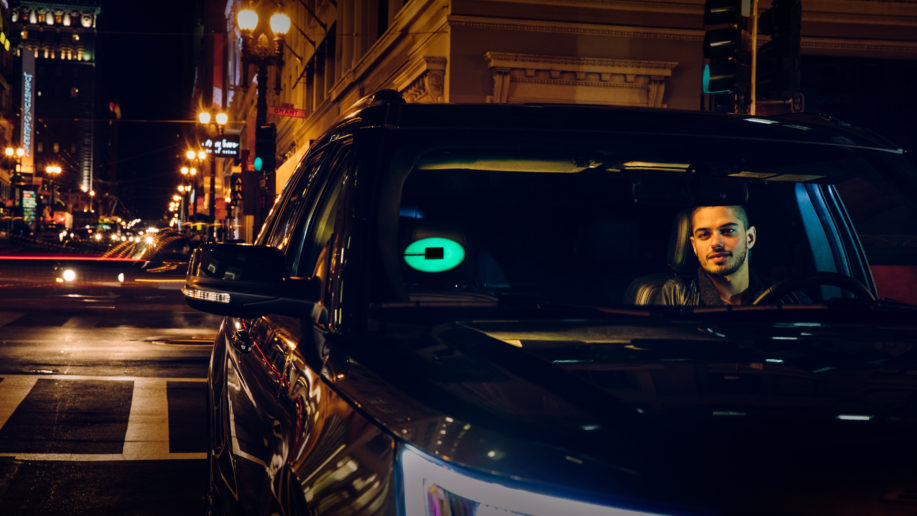The catastrophic COVID-19 pandemic, that has lead to the death of over 10,000 people worldwide, hasn’t spared Uber as well, when it comes to the economic impact. Uber’s ride volume has been hard-hit.
In a call with the Company’s investors, CEO Dara Khosrowshahi revealed that the ride volume had been hit severely in cities that have been hit hardest by the pandemic such as Seattle. Khosrowshahi said that even though the company is witnessing 60-70% decline in rides globally, it is prepared to deal with any worst case scenario, that may arise. These numbers are sans the consideration of the deliberate pauses in the company’s services.
Even though ride numbers have been hard hit, Uber shares were up almost 38% in after-hours trading, at the time of writing this piece. And that is largely because of Khosrowshahi’s disclosures about company’s cashpile, which he says will come in handy to deal with any worst-case situation.
The company as of end of February, buttresses on $10 billion of unrestricted cash with $1.5 billion of it earmarked for M&A through the end of the year. Khosrowshahi says that Uber is “well-positioned” to ride the wave even if rides come down by 80% this year. In such a scenario, the company would be left with $4 billion as unrestricted cash and a $2 billion credit line.
“We are very fortunate to have a strong cash position with about $10 billion of unrestricted cash as of end of February,” Khosrowshahi said on a call with analysts before markets opened. “In any crisis, liquidity is key.”
“About two-thirds of our cost of revenue and operating expense, excluding stock-based compensation, is variable,” he said. “If a trip doesn’t happen, many of these costs go away.”
The numbers are actually pretty encouraging. Government measures to tackle the ongoing pandemic have resulted in forceful closures of several critical industrial activities. And that has resulted in companies digging into their cash reserves, with a majority of them digging into their credit lines to pay employee wages, overheads and medical benefits in these times.
And all isn’t bad for the company. While larges parts of the US and Europe continue to grapple with alarmingly high rates of infection, there are cities that have started seeing improvements. As ride volumes subside in cities that are likely to go or are already into lockdown, rides have come up in cities where the situation has relatively improved. An example is of Hong Kong where rides came down by 45% at the peak of the pandemic but are now down by 30%.
Then there is Uber Eats, which has shown strong growth as more and more people look to order food instead of going out. “Our Eats business is an important resource right now, specially for restaurants that have been hurt by containment policies,” Khosrowshahi said. “In the United States, our F&B sales team is now closing two-and-half times the number of new restaurants we normally do per day.”
Uber and Lyft have started suspending shared rides on their platforms in the United States and Canada as authorities push for social distancing to fight the virus. While that has resulted in Uber value cutting down to half, Lyft has been hit harder with a 65% drop in company’s value.
Additionally, Khosrowshahi mentioned that the company has put its services into utility/medical services to aid the management of the state of affairs while ensuring support to its drivers in case the workforce gets infected.
The company plans to use its vehicles in the delivery of medicines and basic goods. The pandemic has resulted in a higher count of customers purchasing basic goods online due to the fear of stepping out making the initiative all the more impactful, if implemented. Uber already has a foot in the healthcare space with ‘Uber Health’ and plans to use its tie-ups in the sector to implement this plan.
While working through the pandemic, the company has also put into place, a program to support its drivers in case they contract the virus. The company expects an increase in the ride volume as soon as the economy bounces back.





